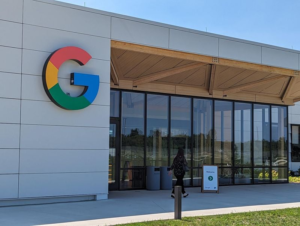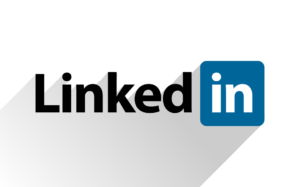While superficially different, the marketing strategies behind Oppenheimer and Barbie share underlying principles that benefited both films and a diverse range of partners. Let’s dive into the details:
Film Focus and Target Audiences:
- Oppenheimer: A Christopher Nolan directed historical thriller about the Manhattan Project, targeting adults interested in history, science, and high-budget filmmaking.
- Barbie: A live-action comedy adventure aimed at children and families, but also tapping into nostalgia among adults who grew up with the iconic doll.
Marketing Strategies:
- Oppenheimer:
- Emphasis on prestige and intellectual engagement: Cryptic teasers, focus on Nolan’s filmmaking prowess, and collaborations with scientific institutions built anticipation and intellectual connection.
- Leveraging historical figures: Cillian Murphy portraying J. Robert Oppenheimer and Emily Blunt as his wife generated interest in the historical aspects of the film.
- Strategic partnerships: Collaborations with brands like Dolby Laboratories and Omega Watches enhanced the film’s image and reach.
- Barbie:
- Embracing pop culture and inclusivity: A star-studded cast, vibrant visuals, and diverse characters resonated with both children and adults seeking representation.
- Playful and nostalgic campaigns: Interactive social media challenges, merchandise collaborations, and nostalgic references brought the Barbie world to life and tapped into childhood memories.
- Cross-generational appeal: Partnerships with fashion brands like Valentino and tech companies like Mattel expanded the film’s audience and connected with different demographics.
Benefits for the Films:
- Oppenheimer:
- Generated significant pre-release buzz and critical acclaim: The cryptic marketing piqued viewer curiosity, while the film’s intellectual depth and historical accuracy earned praise.
- Strong box office performance: Despite targeting a niche audience, the film attracted high-brow viewers and performed well for its genre.
- Enhanced brand image: Associations with prestigious partners and intellectual themes elevated the film’s image and cultural impact.
- Barbie:
- Record-breaking opening weekend: The playful marketing campaign and diverse cast attracted families and nostalgic adults, leading to a highly successful box office debut.
- Positive social media engagement: Interactive campaigns and celebrity promotions created a vibrant online community around the film and its themes.
- Rejuvenated interest in the Barbie brand: The film generated positive attention for the brand, potentially boosting toy sales and brand partnerships.
Benefiting Companies:
Beyond the films themselves, numerous companies reaped benefits from the savvy marketing strategies:
- Luxury brands: Partnering with Oppenheimer boosted their image of sophistication and association with high-brow entertainment.
- Toy and fashion companies: Collaborations with Barbie increased brand awareness and potentially drove sales of related products.
- Tech companies: Partnering with Barbie on educational apps and digital experiences strengthened their image as supportive of children’s learning and creativity.
- Media outlets: Platforms like HBO Max (Barbie) and Netflix (Oppenheimer) benefited from increased streaming subscriptions due to the films’ popularity.
Ultimately, the success of both Oppenheimer and Barbie’s marketing strategies proves that creativity, understanding your target audience, and strategic partnerships can be powerful tools for film promotion and brand benefit. By embracing their unique identities and catering to different demographics, both films carved their space in the market and created a win-win scenario for themselves and numerous companies.
I hope this detailed analysis offers a clearer picture of Oppenheimer vs. Barbie’s marketing strategies and their impact. Feel free to ask if you have any further questions about specific aspects of their campaigns or benefiting companies!









